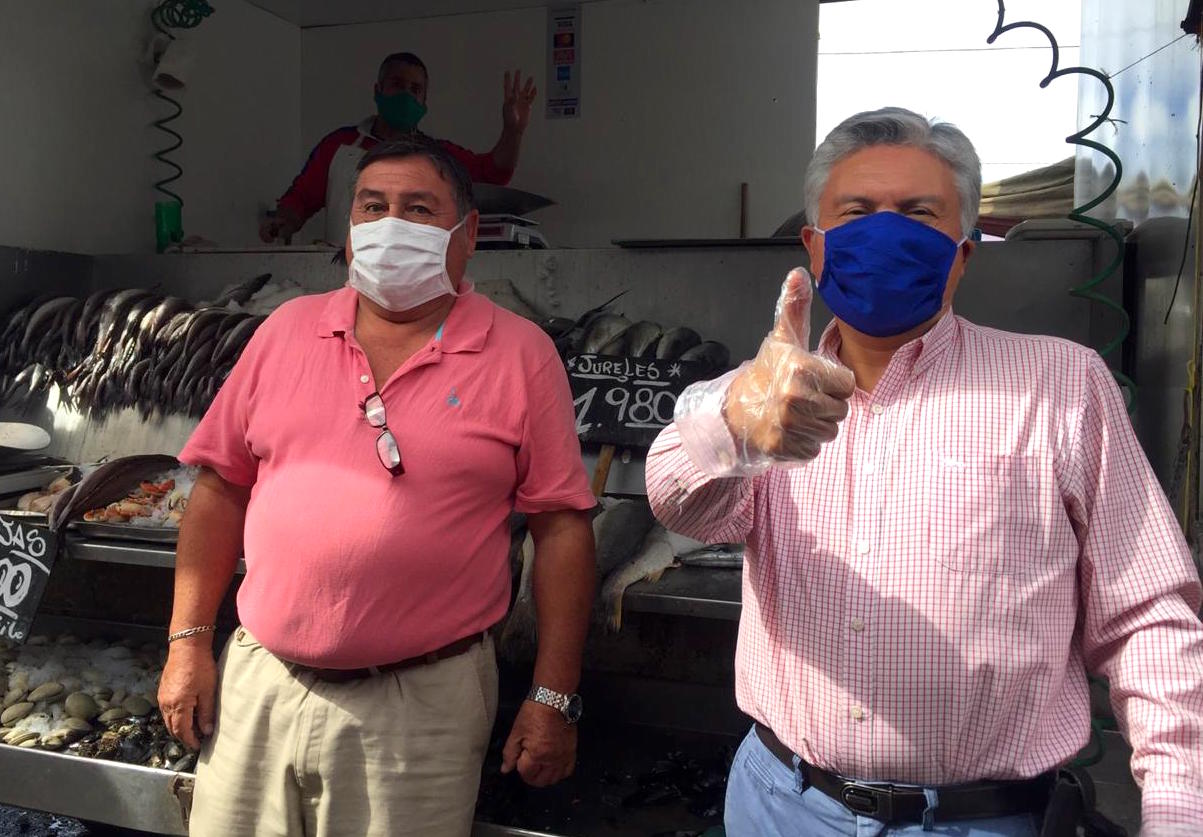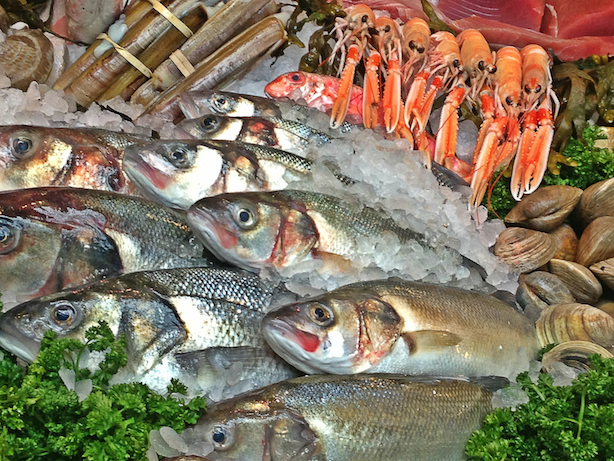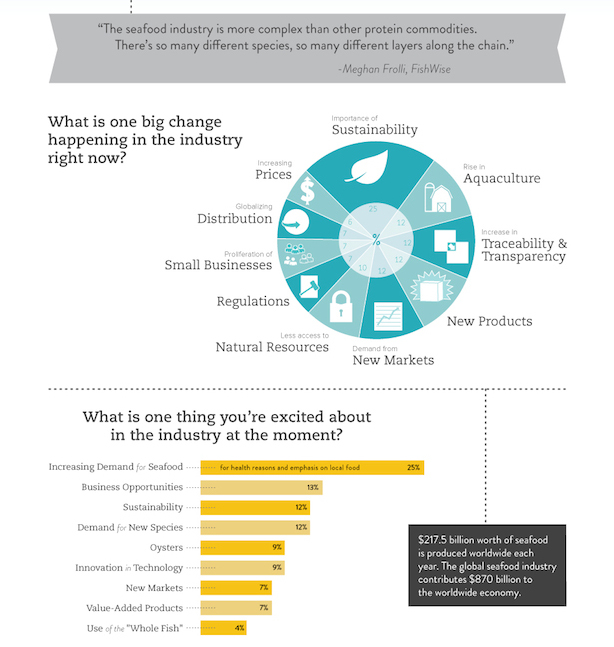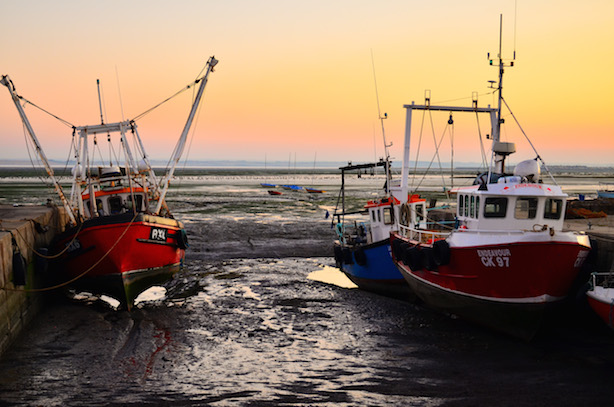How digital services can promote positive socio-ecological outcomes in small-scale fisheries
Image Credit: Iván Greco, Future of Fish Chile Blue economy is a phrase used to describe the many ways that ocean and coastal resources provide economic benefits to humanity. The natural capital of these resources provides benefits that can manifest directly through livelihood activities like fishing and tourism or indirectly through natural ecosystem services, such as coastal protection, carbon storage, and biodiversity preservation, or practicing one’s cultural heritage. A sustainable blue economy is an economic model which emphasizes that ocean resources are managed and…








